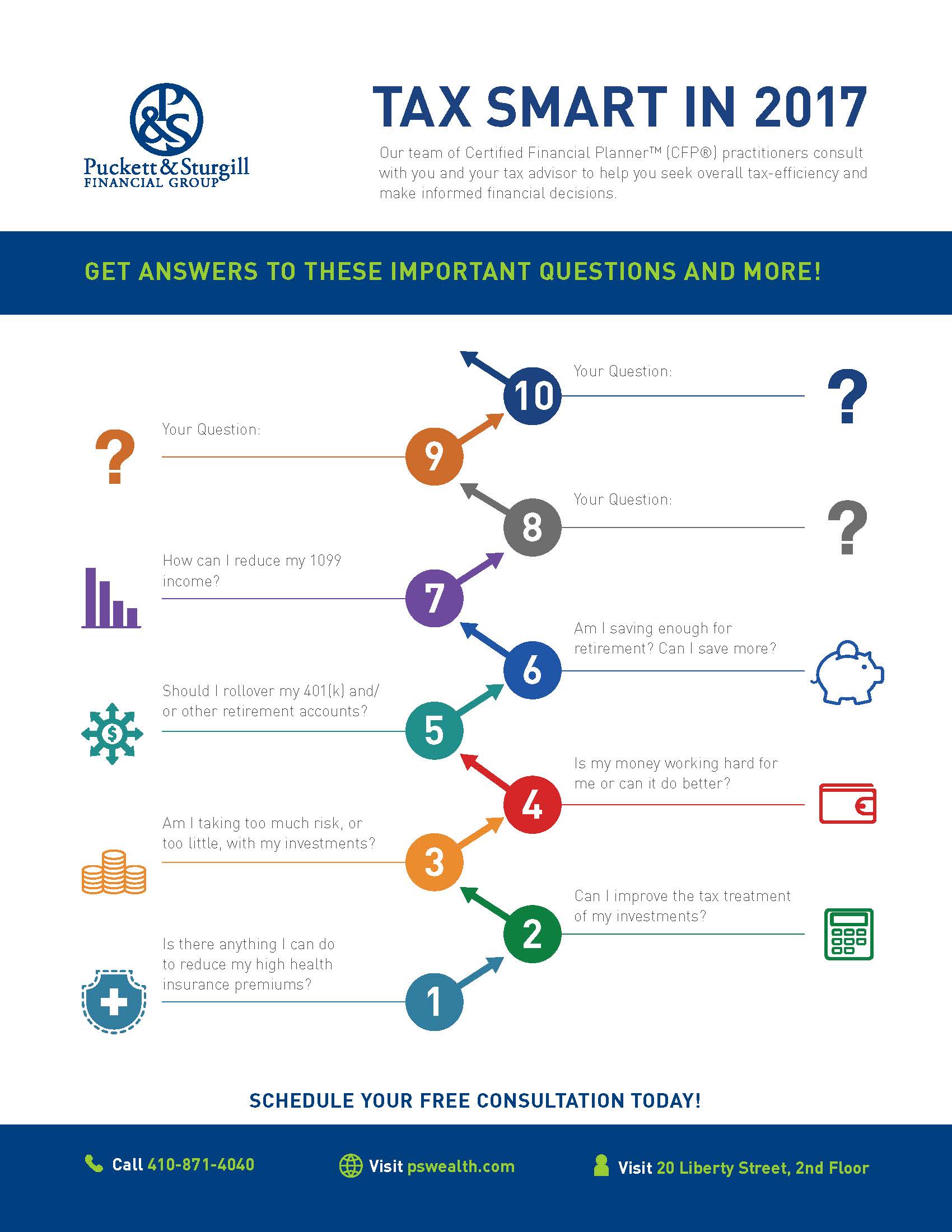How to Prepare Your Tax Strategy

As tax season looms closer, you’re probably looking at your options for saving the most money and maybe even getting a decent return on the other side of things.
With tax law changes and your own personal income and investment records, this year could be shaping up to be a lot different than past years. If you think this might be the case, you’ll want to prepare yourself to minimize the shock of large fluctuations – good or bad – on your bottom line
While you gather your information for filing, consider some of the following ways to prepare your tax strategy this spring.
Review how the Tax Act Might Impact Your Bottom Line
The 2018 tax reform bill has changed a lot about filing taxes in 2019. For one, tax brackets and rates have been adjusted, which you may have already noticed through a reduction in your 2018 paycheck withholdings.
Additionally, the standard deduction has doubled to $24,000 for married couples filing jointly ($12,000 for single filers). This might make things easier when it comes to filing deductions – if you estimate your deductions to be less than the new threshold, you may not need to bother with itemized deductions. This is an area where you may want to defer to a tax professional for the best recommendation for your income specifically.
There are other changes to the tax code, including benefits for parents of dependent children, changes to mortgage tax credits, and adjustments to healthcare reporting and regulations. Some or all of these changes may impact your bottom line, so take care to do your homework if you fall into an affected category.
Mind Your Tax Rates on Investments and Sales
Your investment income will contribute to your final tax obligation, but there are ways that you can invest wisely to avoid taking a big loss when tax time rolls around. If you’ve made any sales during the previous year, you’ll want to take careful note of regulations surrounding investment sales in order to avoid incurring tax penalties.
If you have earned returns in the form of capital gains, you’ll owe a greater percentage in taxes this year. However, you may be able to offset these gains with offsets found elsewhere in your portfolio or regular income.
Take State Regulations into Account
Last, but not least, take some time to understand nuances in the tax code for the state in which you’re filing. Each state has tax laws that vary from the federal regulations and they could mean a significant loss or gain, depending on how well you prepare.
For example, in the state of Maryland, there are regulations for claiming deductions, depending on how you itemized on your federal tax return. With changes to the standard deduction hitting federally this tax year, you’ll want to double check whether this difference will influence how you should claim your deductions if you want to maximize both your state and federal returns.
The best place to start with your tax strategy is with a financial professional. If you have questions about your portfolio and your 2018 tax documents, reach out to learn more about how we can help.
This information is not indented to be a substitute for specific individualized tax advice. We suggest that you discuss your specific tax issues with a qualified tax advisor.



